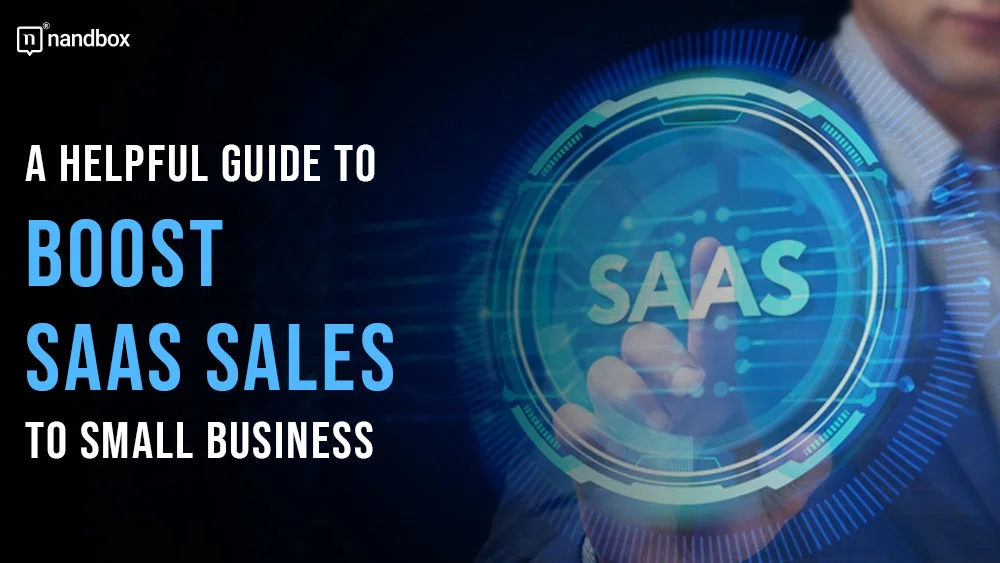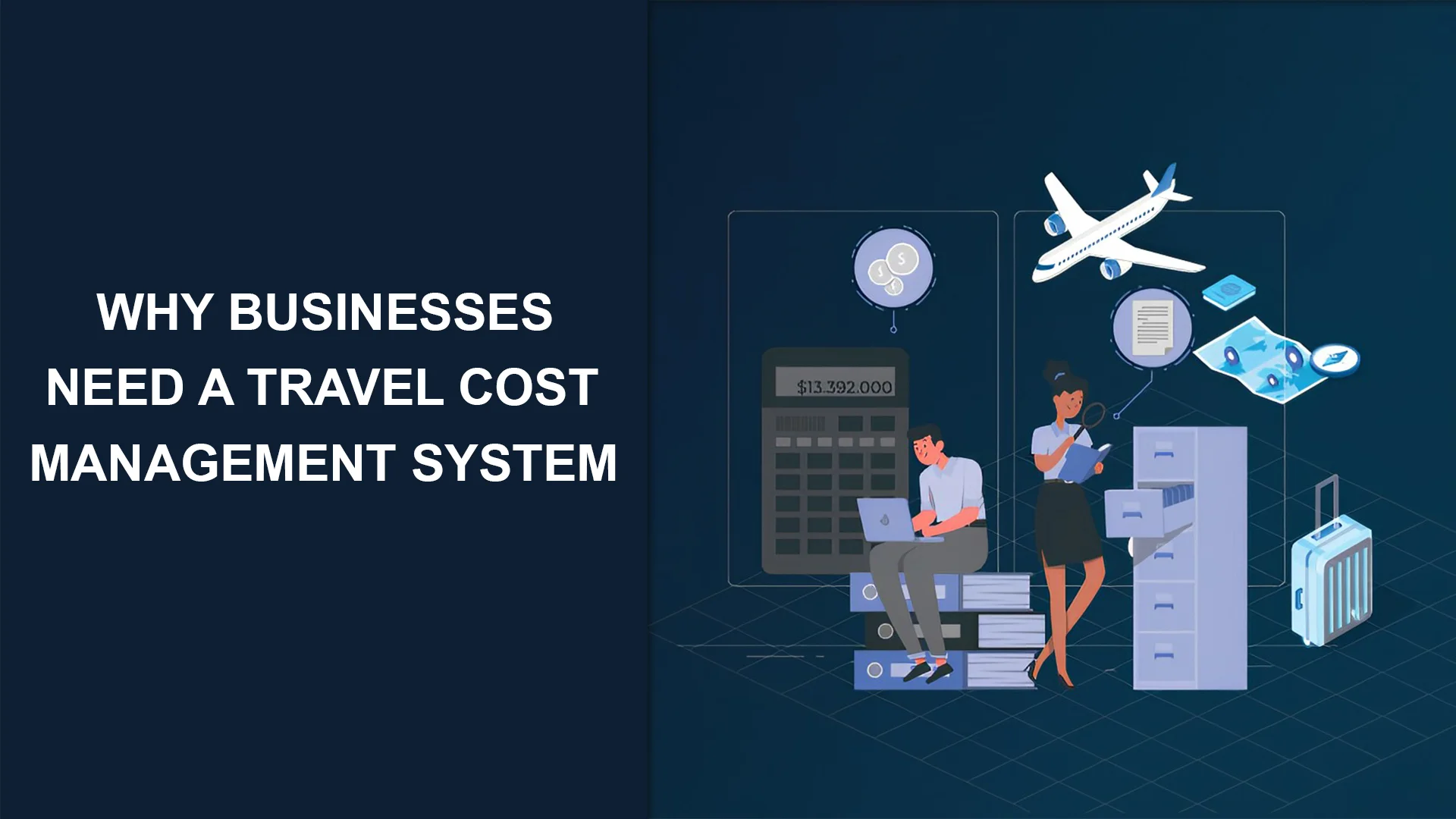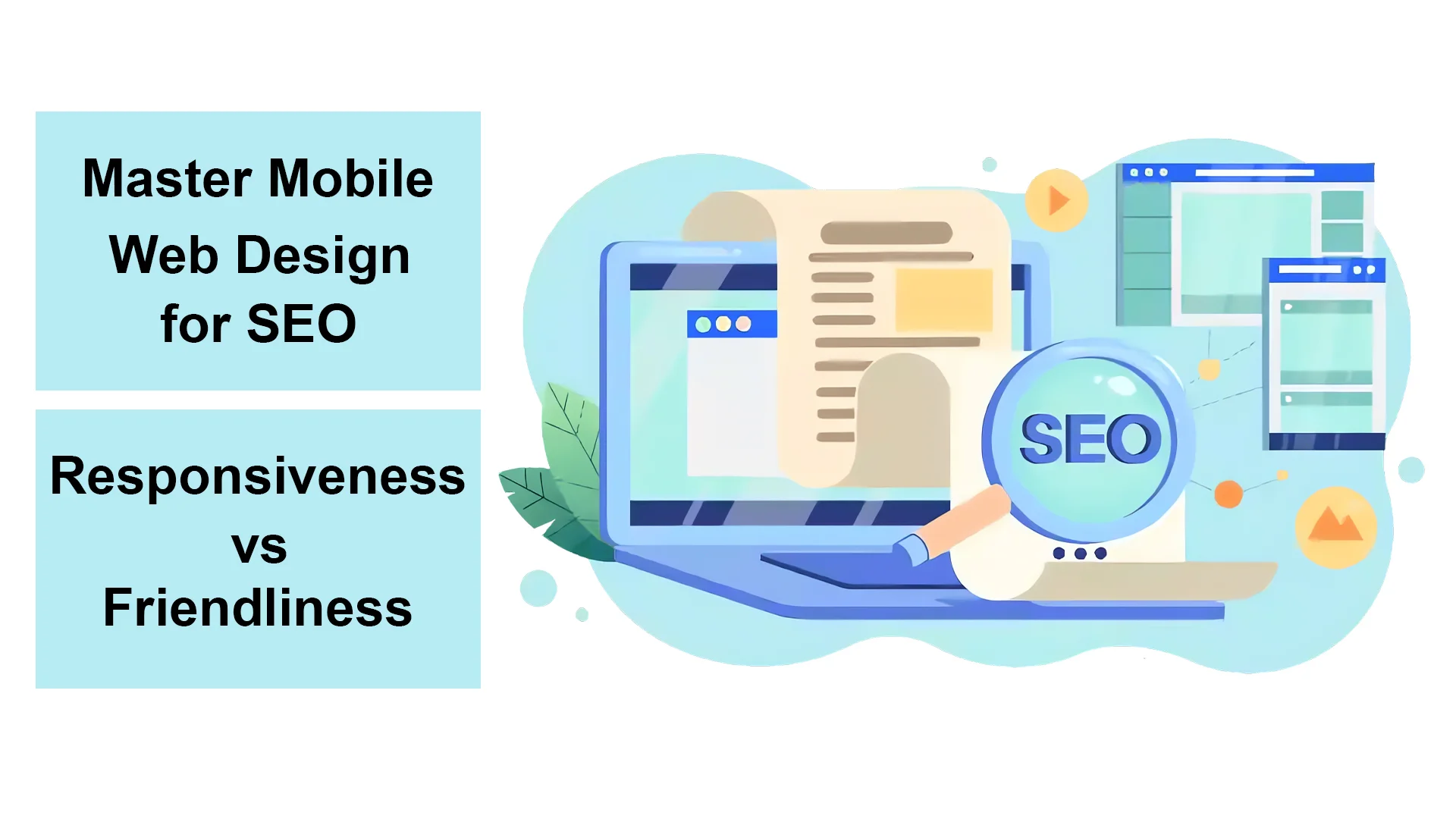Small businesses and startups don’t often get the attention they deserve from potential partners and vendors. Whether they’re viewed as small fish in a big pond or an unreliable source of income, signing on an unknown in a volatile market isn’t a sure bet. If you’re bypassing this significant sector, you’re losing big bucks. According to the Pew Research Center, small businesses with more employees account for larger shares or SaaS sales of overall revenue when compared to companies with few workers.
That’s not all. The U.S. Small Business Administration noted that small companies make up 99.9% of all U.S. businesses, thus contributing to economic stability. The big question is: how will you be using your SaaS expertise to corner this section of the market? Interested to know? Read further and we’ll share how your SaaS business can bring small business clients on board.
SaaS Sales Best Practices: Don’t Play into the Stereotype
There’s a myth that SMBs (small and medium-sized businesses) aren’t willing to spend money, especially in their infancy stages. The data tells a very different story. Analysys Mason reported that SaaS spending by this sector will likely reach $291 billion by 2026.
Software as a Service (SaaS) solutions give them the power to streamline processes that save them money in the long run. It’s your job to show them all the wonderful ways SaaS tools can enable this and increase revenue. For example, if you are selling software to a company with a strong eCommerce footprint, sell them a system that boosts conversion rates. Discuss the importance of reaching targeted market segments and optimizing your sales pipeline to increase online sales and revenue growth. Sales and financial data are the foundation of any successful online business strategy, says PayPro Global. If they don’t have a business strategy in place yet, go above and beyond. Suggest B2B SaaS products in your company’s arsenal that analyze performance with machine learning tools.
Be Flexible with The Turnaround Time
Yes, the main aim is to close the deal. Sometimes, SMBs don’t have the large budgets of bigger companies. The advantage is that there’s less red tape and bureaucracy, which means you’ll get paid sooner rather than later. Also, with smaller companies, there’s no board or stakeholder to sign off on projects. All it takes is one or a few people to give the green light. To build client relationships, HoneyBook CEO Oz Alon says it’s a good idea to manage client flow processes with a personalized touch. Alon tells Forbes that clients want to feel cared for and know their needs are being met.
Be Honest in Your SaaS Sales Pitch
We get it, you’re excited about showing off all the bells and whistles. You need to stick to your sales plan. Don’t make wild promises you’re not able to fulfill. Keep to the facts by explaining how your tools will be beneficial to achieving customer growth and retention. Mention selling points such as features that increase return on investment (ROI). If your company has a dedicated support team, this lets them know you’re with them 100% of the way and work on finding solutions, not problems.
SaaS Sales Best Practices: Humble Brag
This is where you get to shine. Small businesses, as potential clients, want to see results. Share with them the success stories of past and current partners, whether in the form of reviews or testimonials. Case studies are an excellent way of building trust and focusing on results your clients have achieved. For instance, if your business helped them increase sales by 30%, use this as the anchor for your case study. Uplift Content suggests that clients trust a non-paid recommendation. Their advice is to concentrate on your industry to identify case study examples to draw inspiration.
Always Follow Up
Good business practice is to follow up after the initial meeting. You can send a short email with a summary of what you discussed. Don’t come across as being desperate or demanding. If they say they’re still thinking about it or considering other SaaS partners, level the playing field by offering a discount or negotiating the contract.
It’s best to negotiate contract terms in software license agreements and service-level agreements. Being transparent will work in your favor instead of remaining vague. You don’t want to lose a client because you failed to explain the terms and conditions of the negotiated contract. Now that you have an idea of how to approach a small business with your SaaS product offering, the rest is all on you. Remember, be honest, sell solutions, and rely on testimonials to seal the deal.




